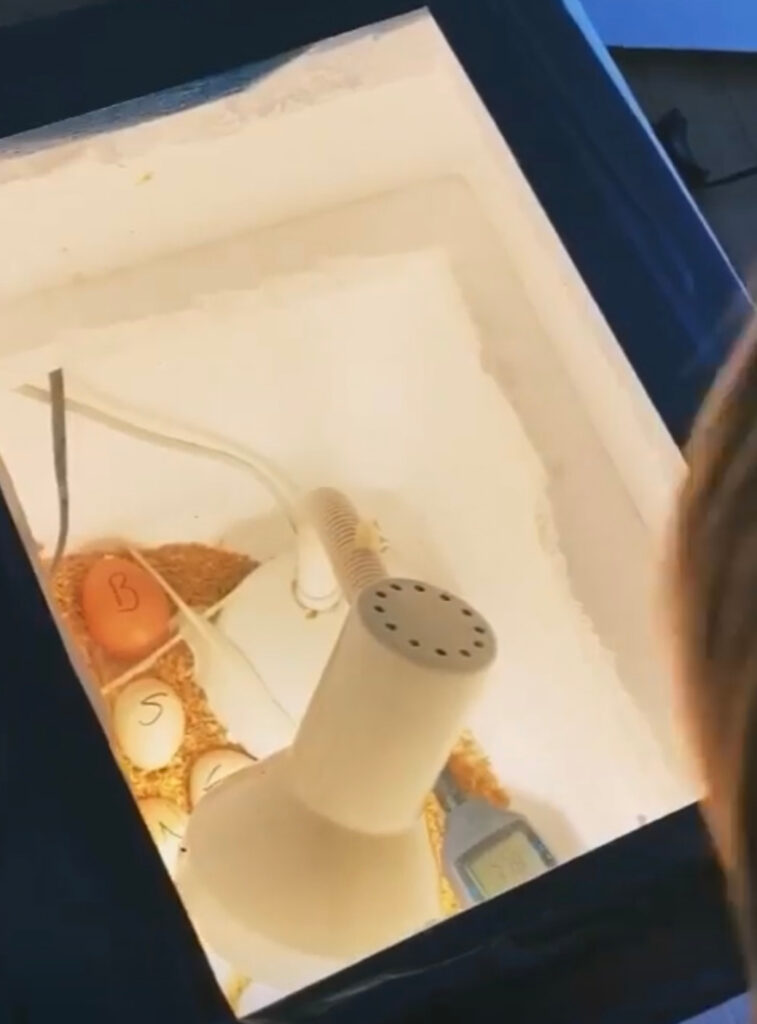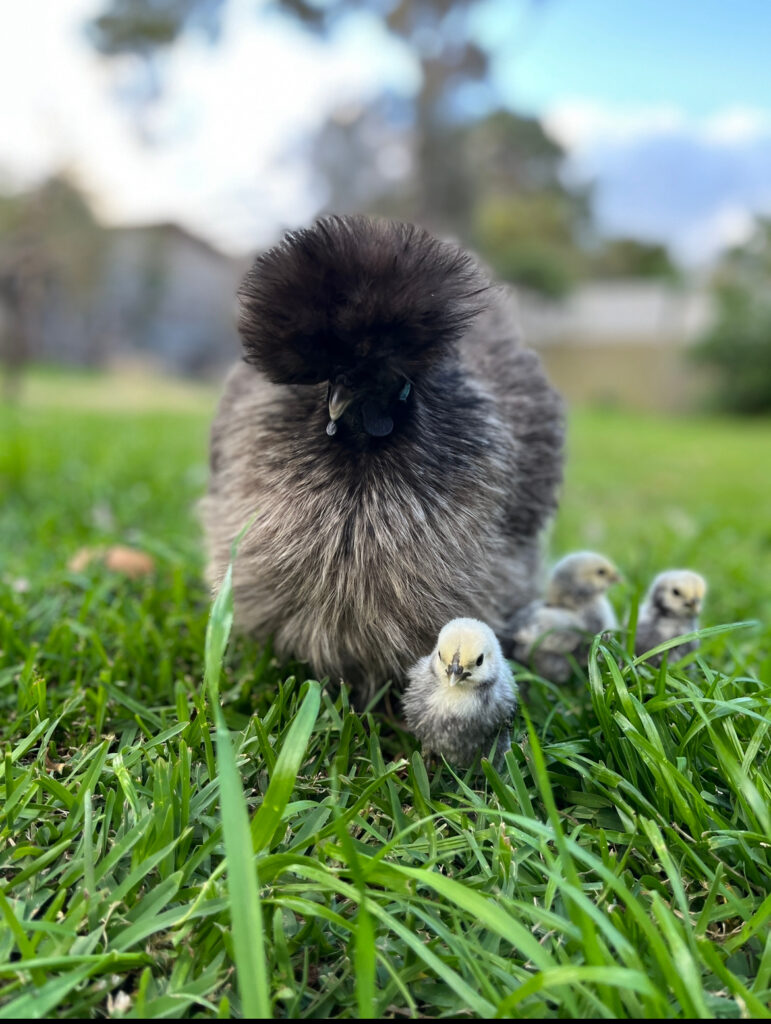Table of contents[Hide][Show]
How to build your own incubator to hatch healthy, drug-free chicks from fertilized chicken eggs. This genius DIY project costs less than $20 and is an option even for those whose neighborhood codes don’t allow rooster!

Last year, during the world’s longest lockdown, we experienced our very first in Melbourne, Australia
chicken shortage.
Everyone wanted to keep chickens while staying at home, but local farms were quickly running out of available chicks.
At the same time, egg prices have skyrocketed, rising to as much as AU$18 per dozen (equivalent to US$12.00 per dozen) in health food stores.
As a result, my children and I began looking for alternative methods of hatching our own chicks.
Fertilized Eggs by Mail Order
Since our neighborhood doesn’t allow roosters, we decided to buy fertilized eggs online from breeders using local networks.
Because fertilized eggs can last a few weeks without incubation (hatchability only begins to decline after seven days), sending them by mail was a viable option.
Surprisingly, many people have no idea about it!
Buying vs building an incubator
Incubators can range from $50 to hundreds of dollars for the best models.
To keep things as budget-friendly as possible, we started looking at options to build one ourselves.
Our DIY incubator guides are detailed below.
Why hatch your own chicks?
Hatching your own chicks has a variety of benefits.
For starters, this means you can be almost entirely self-sufficient, independent of farmers or egg suppliers.
You can also choose your own breed of bird, e.g. B. Older breeds that lay well and produce more nutritious eggs.
In addition, you have the opportunity to raise healthy, thriving chicks from birth.
This makes it possible to both control their feed supply and avoid any required medication (including mRNA vaccination) that may occur in conventional farming practices.
Build a DIY Egg Incubator
The goal in building an incubator is to create the same environment that would exist underneath a brooding hen.
The most important factors are temperature and humidity.
humidity
Humidity should be around 40-50% for the first 18 days and increase to 65-70% after the 18th day.
You can control humidity by placing a small bowl of water in the incubator and gently spraying
water mist in the air.
temperature
While humidity is important for high hatch rates, temperature control is crucial.
The area must remain stable in the 37 to 39 degrees Celsius (98.6 to 102.2 degrees Fahrenheit) range throughout the incubation period.
equipment you need
There are five items you need to assemble to build a DIY incubator.
incubator box
The box must insulate the eggs securely so that the temperature remains constant.
It must also be able to hold the lamp with plenty of space and have space for the glass window at the top.
Polystyrene or wood are usually the best options as they insulate heat well and are fairly durable.
We have a small wooden box that we put inside the large styrofoam box so that the eggs are adequately insulated.
Temperature and humidity meter
A temperature and humidity meter (like this one) is the only item we bought to set up the incubator.
It displays temperature and humidity so you can constantly monitor them from outside the incubator window.
They cost around $10-20 at a hardware store or online.
If you can’t get one of these, the next best option would be a thermometer or something similar.
Heating lamp
An incandescent lamp keeps the temperature in the incubator constant.
While you can buy heat lamps or light bulbs (globes) cheaply at most home improvement stores, a single-incandescent bedside lamp may suffice.
Because the incubator is well sealed and enclosed, most commercial heat lamps actually overheat the environment.
We started with a recommended heat lamp, but found that the temperature in the incubator was too high.
With a little more experimentation, we found that our bedside lamp worked best with an incandescent bulb or globe!
The right temperature is a crucial factor in ensuring the chickens hatch properly.
So it pays to organize a heat source and temperature gauge before ordering eggs.
Leave the heat lamp and thermometer in the box for a few days and see if the temperature remains constant during that time.
You may need to adjust the heat source or incubator design in the coming days to get it just right.
glass plate
A glass pane creates a “window” into the incubator so you can see the eggs and check the temperature without having to open the box.
We use a sheet of glass from an old photo frame and cut this onto the top of the incubator box and secure the edges with strong tape.
egg rack or wood chips
You need a surface to keep the eggs stable and to ensure they don’t tip over or bump into each other.
Sawdust and wood shavings work well for us, but I’ve seen incubators with wire frames (like a cookie tray) and straw bedding.
Here’s a comparison of the different types of chicken beds to consider.
How to assemble
Assemble your incubator and check that the window is sealed well and that the temperature and humidity remain constant.
When your eggs arrive, mark each one on one side with a marker pen before placing them in the box.
Once the incubation process begins, you need to turn them 2-3 times a day. The egg markers help you remember which eggs need to be turned.
Below is a picture of our DIY egg incubator keeping some fertilized eggs warm!

hatching process
The fertilized eggs hatch after about 21 days in the incubator.
In comparison, eggs kept warm under a brood hen take a little longer, at around 25 days.
You can expect a hatch rate of around 75%.
Note that about half of the eggs that hatch will be roosters. So plan on gifting roosters to friends who also keep chickens if your neighborhood doesn’t allow it.
Local feed stores can also give you the location of the nearest rooster sanctuary.
The process of hatching the eggs in your homemade incubator should be as outlined below to mimic the natural behavior and action of Mama Hen.
Days 1-18
It is very important to keep the temperature constant during this period and keep the humidity between 40-50%.
Gently turn the eggs 2-3 times a day and watch the temperature and humidity readings through the incubator window.
Days 18-21
In the last days of incubation, the humidity must rise to 65-70% and the eggs no longer need to be turned.
Watch them carefully through the incubator window for signs of hatching.
Use this time to prepare a brooder complete with wood shavings, untreated soy-free chick starter, fresh water, and a heat lamp so you have a place to tend to your newly hatched chicks.

Incubators against brood hens
Of course, the most “natural” environment for a chick to hatch is under a hen.
With this in mind, we consciously select a few birds from our brood that make exceptional mothers.
Silkies, Cochins and Frizzles are a few good examples.
If the timing is right, we’ll lay the fertilized eggs under the mother hen, skipping the incubator process altogether.
When I say “timing,” I mean the time of year when mother hens “get broody and like to sit on eggs and hope they will hatch.
Traditional chicken breeds are usually better at this because their laying cycle is based on a hormonal cycle pattern.
Modern egg-laying chicken breeds lay more often, but this natural breeding pattern rarely occurs.
If the delivery of the fertilized eggs is well timed, you can mail the eggs under the hen upon arrival.
However, sometimes chickens become brooding and then change their minds, so the incubator can be an excellent backup option in this scenario.
What can also happen (by sheer luck or coincidence) is that the hens will incubate when the chicks hatch in the incubator.
If you are lucky enough for this to happen, the chicks can be adopted by the brooding mother. Place them under her during the night to start the process.
This completely eliminates the need for an incubator.


